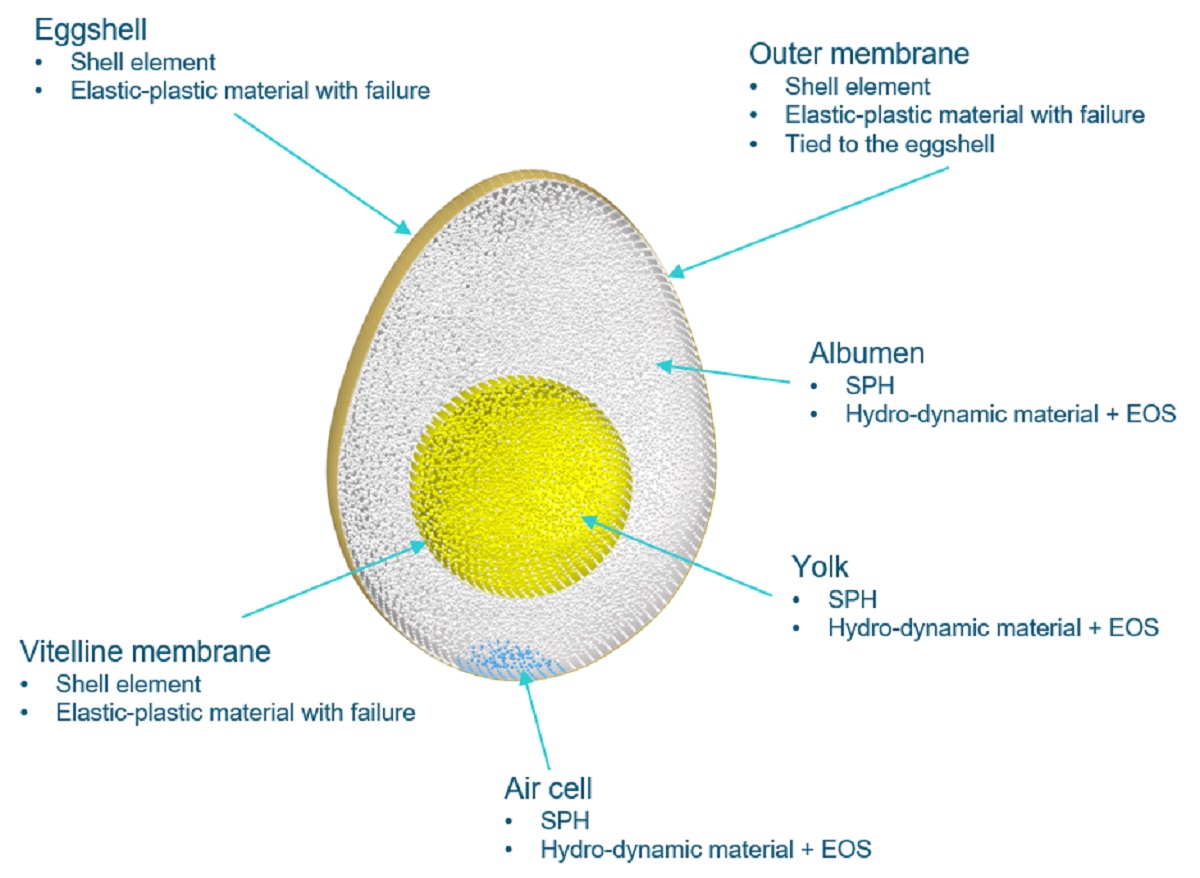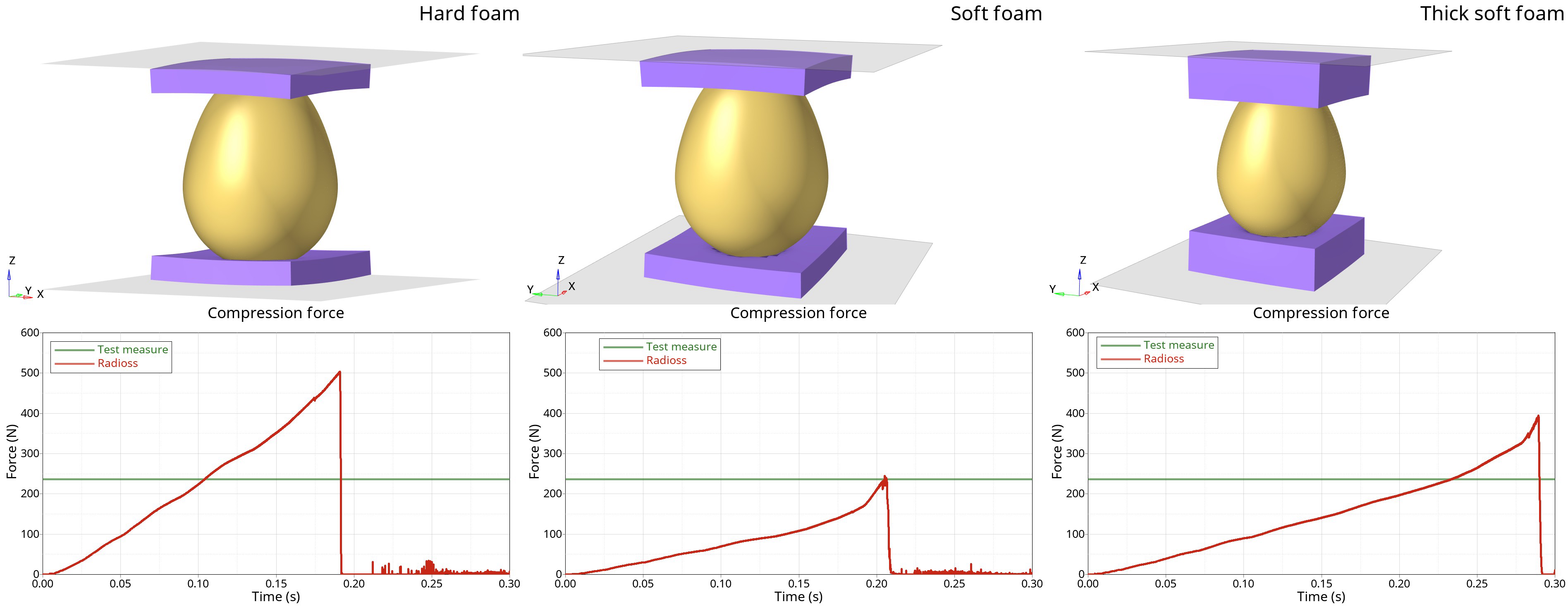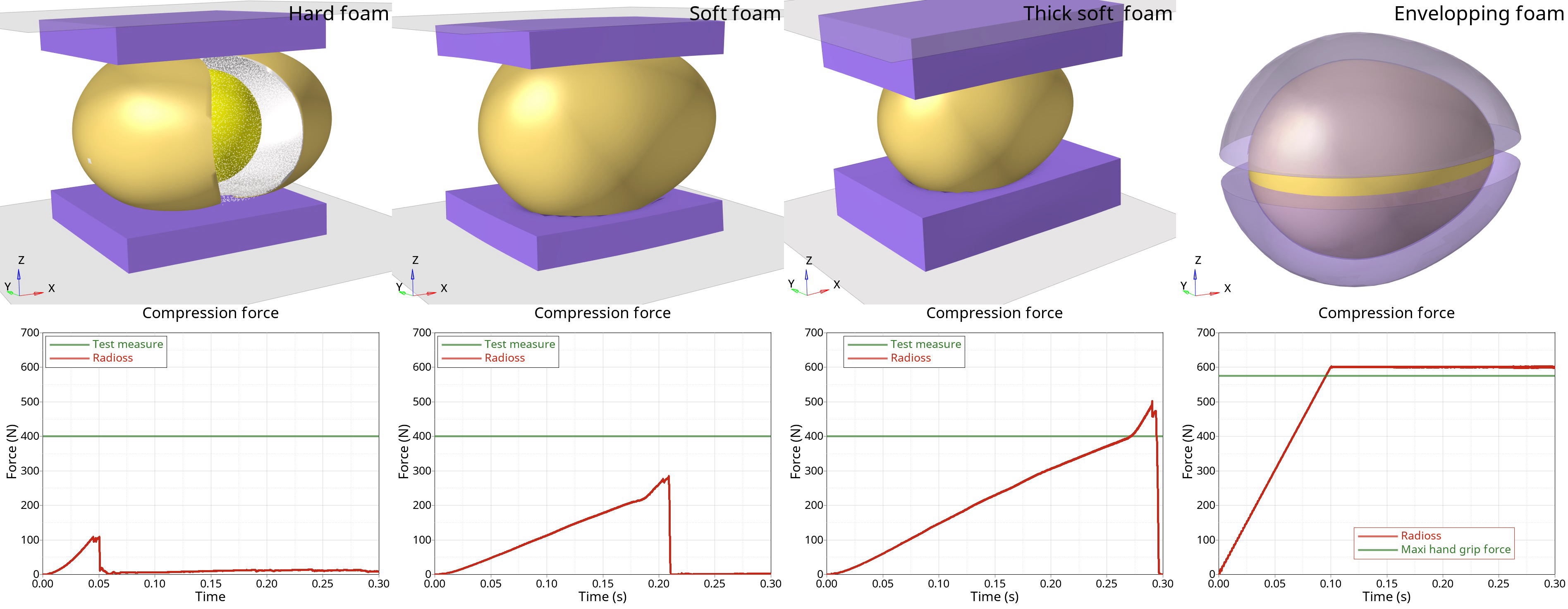Digital Debunking: Can the Humble Egg Support the Weight of a Person?
In 2020, the U.S. alone produced 99.1 billion eggs showing just how much people love them, whether they are fried, poached, boiled, or scrambled. Something that often gets overlooked about these little protein packages however is just how strong their structure is due to their unique double-curve shape. The arched, dome shape of an egg can withstand the pressure of surprisingly heavy loads by distributing weight evenly across its structure. To put this to the test, one experiment you can do at home is to try break an egg by squeezing it in your hand. (Disclaimer: do this over the sink! If you are in fact strong enough to break an egg this way, you’ll also be the person who has to clean things up). Harder than you thought right?!
Even though an egg can withstand high compressive forces, its ability to withstand tensile forces is very low. This is where the distinction between compressive and tensile force is important to understand. Compression is a force applied to the outside of an object, pushing towards the object’s center. Tension on the other hand, is a pulling, stretching force moving away from the center of an object. This explains why an egg can resist a distributed, compressive force but will break when a chick pecks from the inside of the egg or when tapped against a pan.
To produce an accurate model of an egg, Altair® Radioss® was used. Radioss is a leading analysis solution to evaluate and optimize product performance for highly nonlinear problems under dynamic loadings. Used worldwide across all industry sectors, it improves the crashworthiness, safety, and manufacturability of complex designs.
For our proposed scenario, we’re not exactly testing the crashworthiness of a vehicle. Nonetheless, investigating the dynamic loads involved when standing on several eggs is surely a priority for the dedicated engineer.
Our model was built to accurately reflect the various natural materials and elements of an egg, incorporating a range of material libraries available. Our smooth particle hydrodynamics model, for example, was utilized in conjunction with a realistic hydrodynamic material and equation of state calculations to represent the albumen, yolk, and air cell parts of the egg. The eggshell itself was represented using an elastic-plastic material model with a predefined failure point based on the real behavior of an eggshell. Combining these different material models is one of the features that sets Radioss apart, considering multiple materials for real-world applications.
These extensive material laws and rupture criteria for crack propagation for example, make it possible to realistically simulate brittle materials, such as windshields, enabling more predictable simulations, optimizations, and robust studies. Radioss delivers efficient, reliable, and robust multiphysics solutions to dynamic problems combining structures, mechanisms, fluids, thermal, and electromagnetic effects across all industries.

Back to our important study. To measure the longitudinal strength of our egg model, we set up three scenarios that used different materials that compressed the egg: hard foam, soft foam, and thick soft foam. The results show the maximum amount of force an egg can withstand in this orientation is roughly 500 newtons under force from the hard foam.

When the egg experiences lateral compression, the results change quite drastically. The hard foam now breaks the egg using roughly 100 Newtons of force. Interestingly, the thick, soft foam now allows the egg to withstand roughly 500 Newtons of force before breaking. While this lateral orientation of the egg is well known to be considerably less resistant to compressive force, the composition of the thick, soft foam may be a contributing factor.
To represent the compressive force of a person attempting to break an egg using grip strength alone, an enveloping foam was used. As the compressive force of this is spread evenly across the egg, it can withstand roughly 600 Newtons of force!

Getting back to our initial question, can the humble egg support the weight of a human? It’s obvious that just one egg will not allow for this. However, the strength of an egg comes from its ability to distribute compressive force using its double-curve shape. When multiple eggs are used, the compressive strength increases drastically. Our results showed that two dozen eggs can indeed support a human but with a smooth loading. Simply jumping on them would result in a mess! The different foam variations utilized in the previous results was used to offer different loading conditions, loosely representing human skin and the dynamic behavior of the human foot. In our analysis, two dozen eggs can easily support a weight of roughly 75 kilograms.

It’s not just us that have pondered such important questions, as the Internet seems to be awash with examples of similar experiments, many taking it to crazy levels. One experiment even showed that it’s possible to rest two crushed cars on a bed of eggs! We don’t know how many eggs were used to successfully complete this "eggsperiment," but by the look of things, they could make a lot of omelets!





